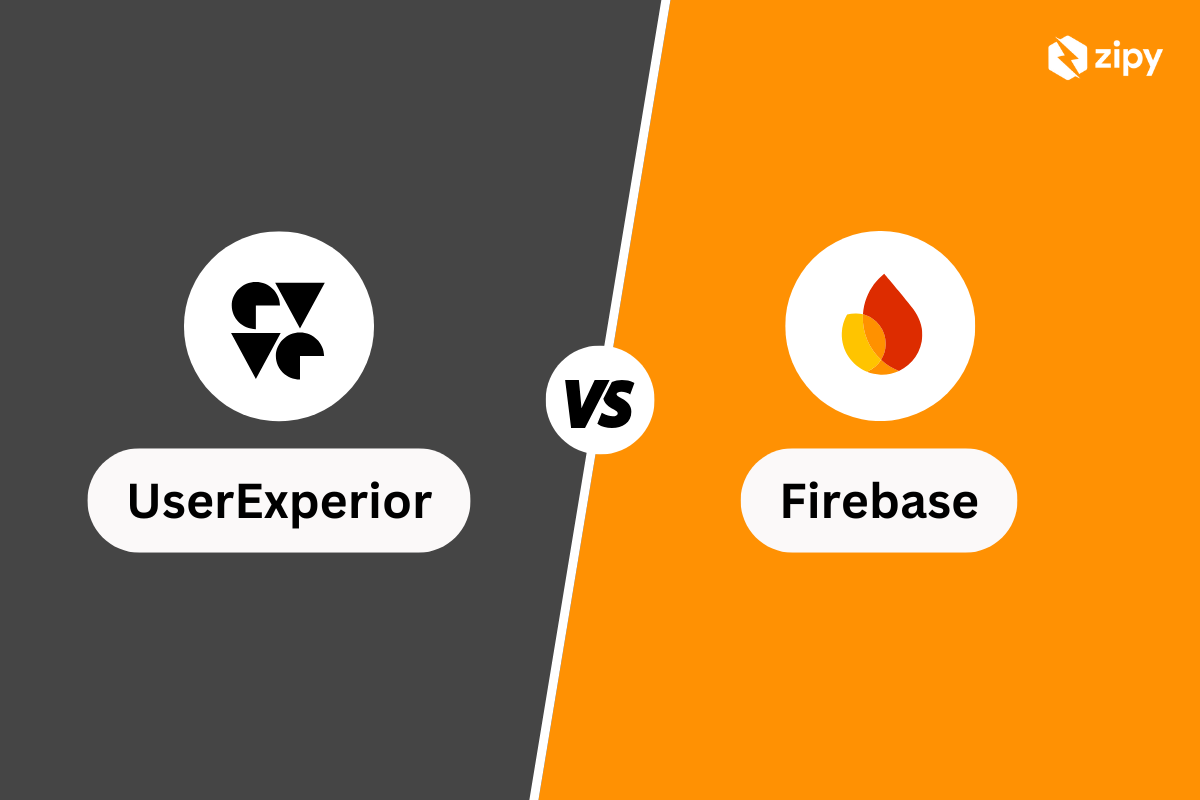Introduction
Kotlin, with its concise syntax and safety features, has become a favorite among mobile app developers. However, even the most experienced developers can encounter the dreaded IllegalArgumentException. This article explores how to tackle this exception, ensuring your Kotlin applications run smoothly. Whether you're debugging or enhancing your error handling, we've got you covered with practical examples and a touch of advanced tools like Zipy for proactive debugging.
Catch errors proactively with Zipy. Sign up for free!
Try Zipy now
Understanding IllegalArgumentException in Kotlin
The IllegalArgumentException in Kotlin is thrown to indicate that a method has been passed an illegal or inappropriate argument. It's a runtime exception, meaning it occurs as your program executes, making it crucial for developers to understand its origins and solutions.
Scenario 1
Error code
fun setAge(age: Int) {
require(age > 0) { "Age must be positive" }
}
Corrected code
fun setAge(age: Int) {
require(age > 0) { "Age must be positive" } // Corrected: Validate age is greater than 0
}
Solution Summary
In this scenario, the IllegalArgumentException is thrown by the require function if the age is not positive. The correction ensures that only valid ages are passed, avoiding the exception.
Scenario 2
Error code
fun calculateDiscount(price: Double, discount: Double): Double {
return price - (price * (discount / 100))
}
Corrected code
fun calculateDiscount(price: Double, discount: Double): Double {
require(discount in 0.0..100.0) { "Discount must be between 0 and 100" } // Corrected: Ensure discount percentage is valid
return price - (price * (discount / 100))
}
Solution Summary
This code throws an IllegalArgumentException if the discount percentage is outside the valid range. By adding a require check, the function ensures that only valid discount values are processed.
Scenario 3
Error code
fun loginUser(username: String, password: String) {
if (username.isEmpty() || password.isEmpty()) {
throw IllegalArgumentException("Username and password must not be empty")
}
}
Corrected code
fun loginUser(username: String, password: String) {
require(username.isNotEmpty() && password.isNotEmpty()) { "Username and password must not be empty" } // Corrected: Use require to validate inputs
}
Solution Summary
The manual throwing of IllegalArgumentException is replaced with the require function, providing a more Kotlin-idiomatic way of input validation.
Handling IllegalArgumentException in Kotlin
Handling IllegalArgumentException effectively involves validating inputs before processing and using Kotlin's built-in functions like require, check, and assert. These functions help in preemptively catching illegal arguments, making your code more robust and less prone to runtime errors.
Proactive Error Debugging with Zipy
To further bolster your error handling, consider using tools like Zipy for proactive error monitoring and user session replay capabilities. Zipy's advanced debugging tools can help you identify and fix IllegalArgumentExceptions and other runtime errors efficiently, reducing downtime and improving user experience.
Debug and fix code errors with Zipy Error Monitoring.
Sign up for free
Conclusion
Understanding and resolving IllegalArgumentException in Kotlin is crucial for developing robust applications. By following best practices and leveraging tools like Zipy, developers can enhance their debugging strategies and ensure smoother application performance.
Resources on how to debug and fix Kotlin errors
- 9 Kotlin errors you should know: A comprehensive debugging guide for Kotlin exceptions
- Kotlin debugger for Android Developers | Zipy AI
- How to handle Kotlin NullPointerException?
- How to handle Kotlin ArrayIndexOutOfBoundsException?
- How to handle Kotlin ClassCastException?
- How to handle Kotlin NumberFormatException?
- How to handle Kotlin IllegalStateException?
- How to handle Kotlin OutOfMemoryError?
- How to handle Kotlin SecurityException?
- How to handle Kotlin NetworkOnMainThreadException?
Frequently Asked Questions
What causesIllegalArgumentException in Kotlin?
Illegal or inappropriate use of arguments when calling a function or initializing a class can lead toIllegalArgumentException.
How can I preventIllegalArgumentException in Kotlin?
Validate your inputs using Kotlin's built-in functions likerequire,check, andassert to ensure they meet your method's requirements.
IsIllegalArgumentException a checked or unchecked exception?
IllegalArgumentException is an unchecked exception, meaning it is a runtime exception that does not need to be declared in a method'sthrows clause.
CanIllegalArgumentException be handled using try-catch blocks?
Yes, like other exceptions,IllegalArgumentException can be caught and handled using try-catch blocks.
What is the difference betweenrequire andcheck in Kotlin?
require is used to validate function arguments, whilecheck is used to validate the state of an object, not necessarily tied to function arguments.
Key takeaways
- Takeaway: Use Kotlin's
require,check, andassertfunctions for argument validation to preventIllegalArgumentException. - Takeaway: Proactively validating inputs can significantly reduce runtime errors and enhance application stability.
- Takeaway: Tools like Zipy offer advanced capabilities for error monitoring and debugging, making them invaluable for developers.
- Takeaway: Understanding the nuances of
IllegalArgumentExceptionand employing best practices in error handling can greatly improve your Kotlin development experience.
.svg)





.png)





.webp)